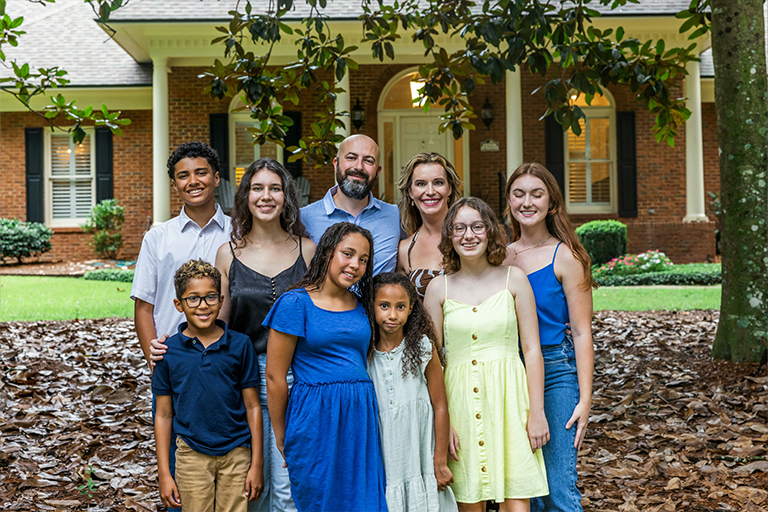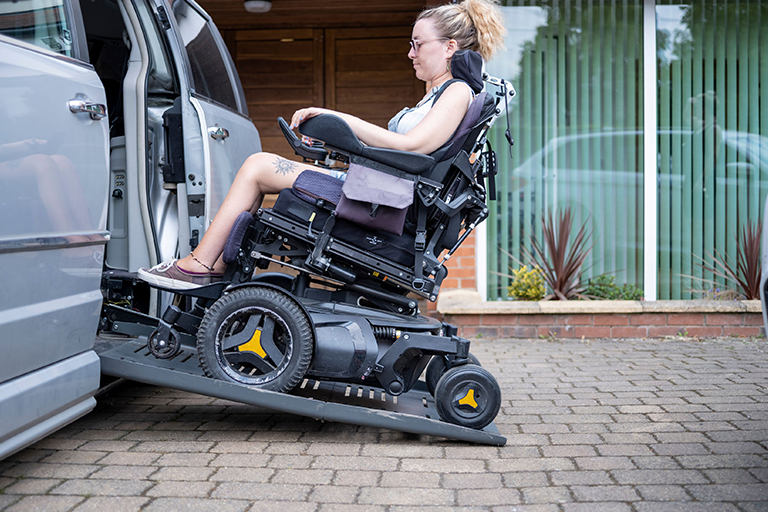How a QPRT can be useful to Ohio residents
A qualified personal residence trust allows a homeowner to pass his home to children or another third party while still being able to live in it. Under this mechanism, the […]
A qualified personal residence trust allows a homeowner to pass his home to children or another third party while still being able to live in it. Under this mechanism, the home is put into the trust and will pass to the intended beneficiary in accordance with the terms of the trust. For instance, the house could pass to an heir in 10 years or at another specified date.
Ideally, a homeowner will delay passing the home to a beneficiary for as long as possible as inflation will make the price more attractive as time passes. However, a homeowner should understand that the home will be included for estate tax purposes if he or she dies while having the right to occupy it. If the home is owned as part of a joint tenancy arrangement, it can still be transferred to the trust.
It may also be possible to sell or repair a home that is damaged. If the home is sold, the funds must be reinvested in a home that belongs to the trust. The terms of the trust must also remain unchanged. Funds may be used to repair a home that is part of a QPRT as long as they are put in within six months after being put in the trust.
Creating a trust may make it possible for an estate to avoid probate proceedings that are public and that can often be lengthy. It may also allow assets to be transferred without the details becoming public. Consulting with an attorney who has experience in estate planning and administration may be advisable when considering setting up a QPRT or other type of trust document.
More Recent News

Estate Planning
Why Trusts Are Important Estate Planning Tools

Estate Planning
Blended Families and Wills in Estate Planning




